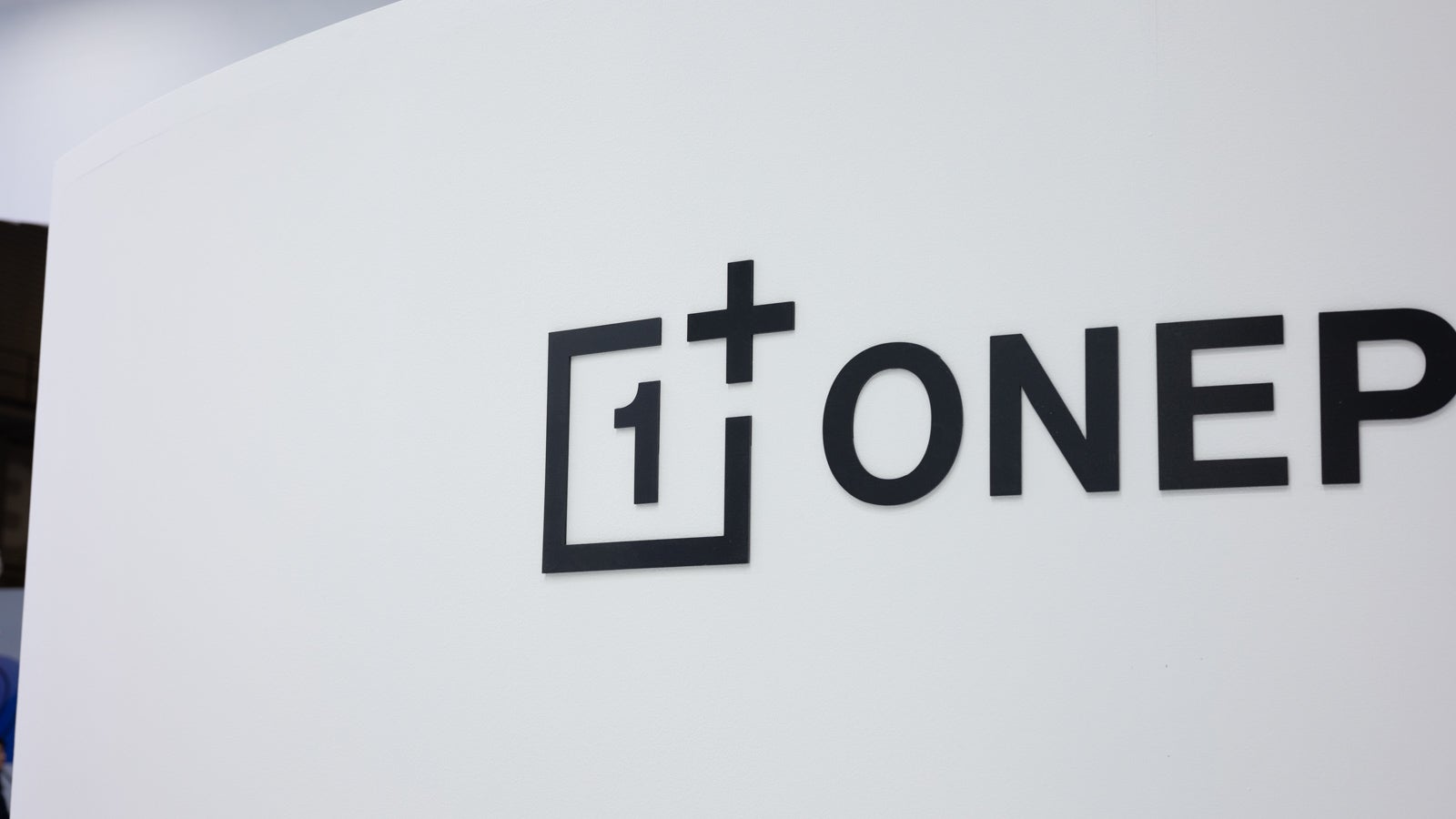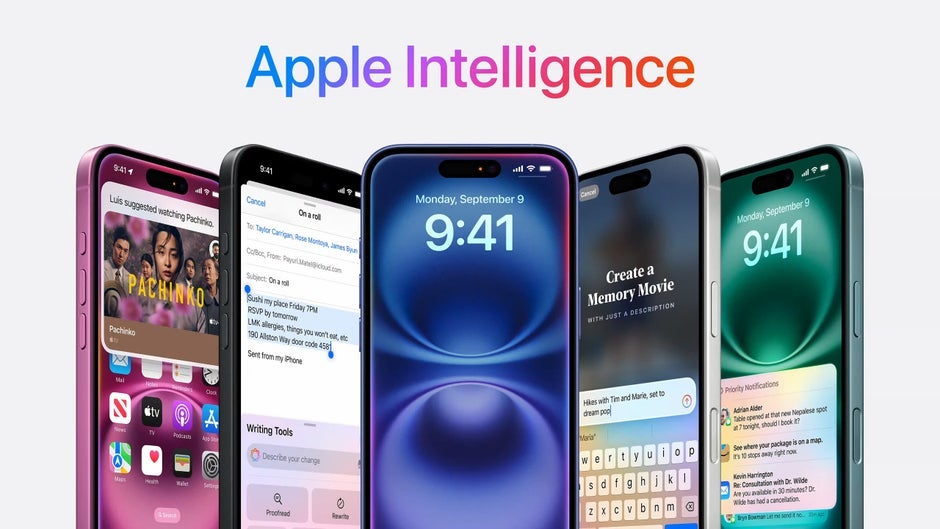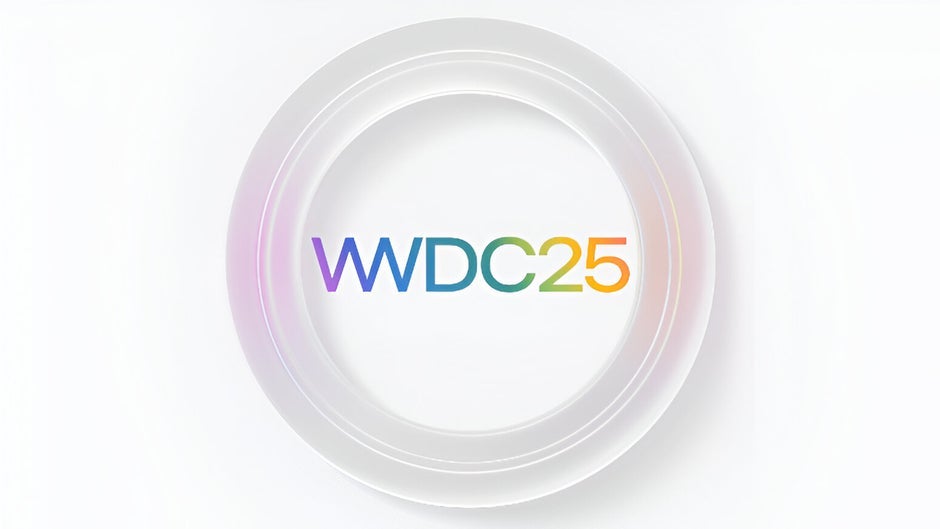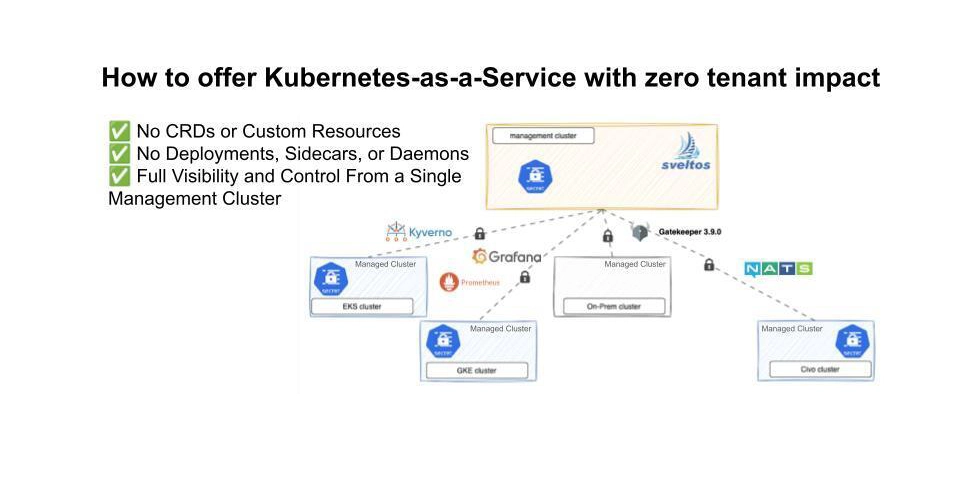What is ORD?
An object–relational database (ORD), or object–relational database management system (ORDBMS), is a database management system (DBMS) similar to a relational database, but with an object-oriented database model: objects, classes and inheritance are directly supported in database schemas and in the query language. Also, as with pure relational systems, it supports extension of the data model with custom data types and methods. Example of an object-oriented database model[1] An object–relational database can be said to provide a middle ground between relational databases and object-oriented databases. In object–relational databases, the approach is essentially that of relational databases: the data resides in the database and is manipulated collectively with queries in a query language; at the other extreme are OODBMSes in which the database is essentially a persistent object store for software written in an object-oriented programming language, with an application programming interface API for storing and retrieving objects, and little or no specific support for querying. Difference between ORD and Rdbms database? An RDBMS might commonly involve SQL statements such as these: CREATE TABLE Customers ( Id CHAR(12) NOT NULL PRIMARY KEY, Surname VARCHAR(32) NOT NULL, FirstName VARCHAR(32) NOT NULL, DOB DATE NOT NULL # DOB: Date of Birth ); SELECT InitCap(C.Surname) || ', ' || InitCap(C.FirstName) FROM Customers C WHERE Month(C.DOB) = Month(getdate()) AND Day(C.DOB) = Day(getdate()) Most current SQL databases allow the crafting of custom functions, which would allow the query to appear as: SELECT Formal(C.Id) FROM Customers C WHERE Birthday(C.DOB) = Today() In an object–relational database, one might see something like this, with user-defined data-types and expressions such as BirthDay(): CREATE TABLE Customers ( Id Cust_Id NOT NULL PRIMARY KEY, Name PersonName NOT NULL, DOB DATE NOT NULL ); SELECT Formal( C.Id ) FROM Customers C WHERE BirthDay ( C.DOB ) = TODAY; The object–relational model can offer another advantage in that the database can make use of the relationships between data to easily collect related records. In an address book application, an additional table would be added to the ones above to hold zero or more addresses for each customer. Using a traditional RDBMS, collecting information for both the user and their address requires a "join": SELECT InitCap(C.Surname) || ', ' || InitCap(C.FirstName), A.city FROM Customers C JOIN Addresses A ON A.Cust_Id=C.Id -- the join WHERE A.city="New York" The same query in an object–relational database appears more simply: SELECT Formal( C.Name ) FROM Customers C WHERE C.address.city="New York" -- the linkage is 'understood' by the ORDB _----------@-@@@@@@@@@--------
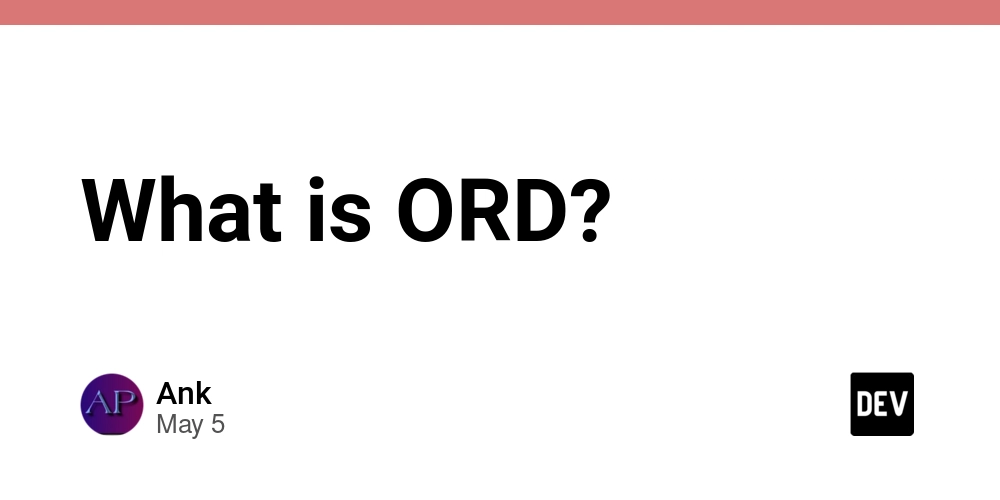
An object–relational database (ORD), or object–relational database management system (ORDBMS), is a database management system (DBMS) similar to a relational database, but with an object-oriented database model: objects, classes and inheritance are directly supported in database schemas and in the query language. Also, as with pure relational systems, it supports extension of the data model with custom data types and methods.
Example of an object-oriented database model[1]
An object–relational database can be said to provide a middle ground between relational databases and object-oriented databases. In object–relational databases, the approach is essentially that of relational databases: the data resides in the database and is manipulated collectively with queries in a query language; at the other extreme are OODBMSes in which the database is essentially a persistent object store for software written in an object-oriented programming language, with an application programming interface API for storing and retrieving objects, and little or no specific support for querying.
Difference between ORD and Rdbms database?
An RDBMS might commonly involve SQL statements such as these:
CREATE TABLE Customers (
Id CHAR(12) NOT NULL PRIMARY KEY,
Surname VARCHAR(32) NOT NULL,
FirstName VARCHAR(32) NOT NULL,
DOB DATE NOT NULL # DOB: Date of Birth
);
SELECT InitCap(C.Surname) || ', ' || InitCap(C.FirstName)
FROM Customers C
WHERE Month(C.DOB) = Month(getdate())
AND Day(C.DOB) = Day(getdate())
Most current SQL databases allow the crafting of custom functions, which would allow the query to appear as:
SELECT Formal(C.Id)
FROM Customers C
WHERE Birthday(C.DOB) = Today()
In an object–relational database, one might see something like this, with user-defined data-types and expressions such as BirthDay():
CREATE TABLE Customers (
Id Cust_Id NOT NULL PRIMARY KEY,
Name PersonName NOT NULL,
DOB DATE NOT NULL
);
SELECT Formal( C.Id )
FROM Customers C
WHERE BirthDay ( C.DOB ) = TODAY;
The object–relational model can offer another advantage in that the database can make use of the relationships between data to easily collect related records. In an address book application, an additional table would be added to the ones above to hold zero or more addresses for each customer. Using a traditional RDBMS, collecting information for both the user and their address requires a "join":
SELECT InitCap(C.Surname) || ', ' || InitCap(C.FirstName), A.city
FROM Customers C JOIN Addresses A ON A.Cust_Id=C.Id -- the join
WHERE A.city="New York"
The same query in an object–relational database appears more simply:
SELECT Formal( C.Name )
FROM Customers C
WHERE C.address.city="New York" -- the linkage is 'understood' by the ORDB
_----------@-@@@@@@@@@--------





































































































































































![[The AI Show Episode 145]: OpenAI Releases o3 and o4-mini, AI Is Causing “Quiet Layoffs,” Executive Order on Youth AI Education & GPT-4o’s Controversial Update](https://www.marketingaiinstitute.com/hubfs/ep%20145%20cover.png)












































































































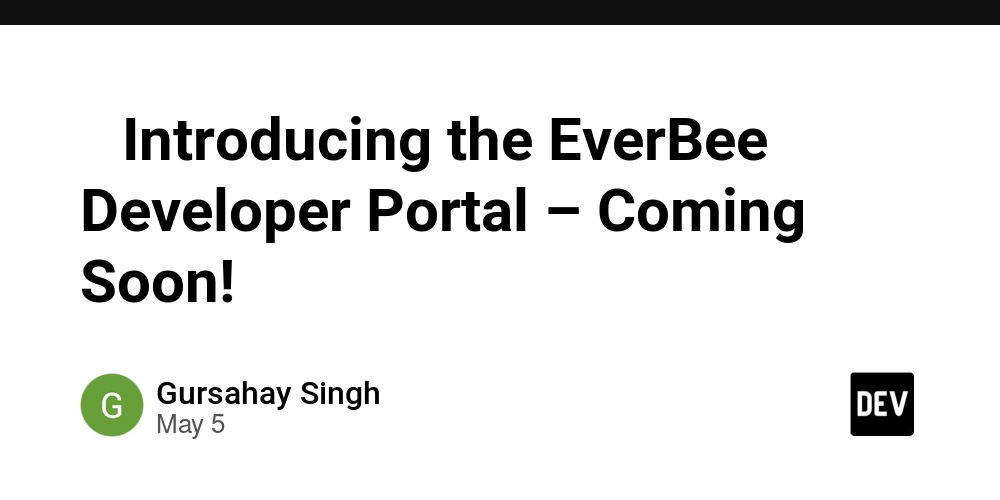


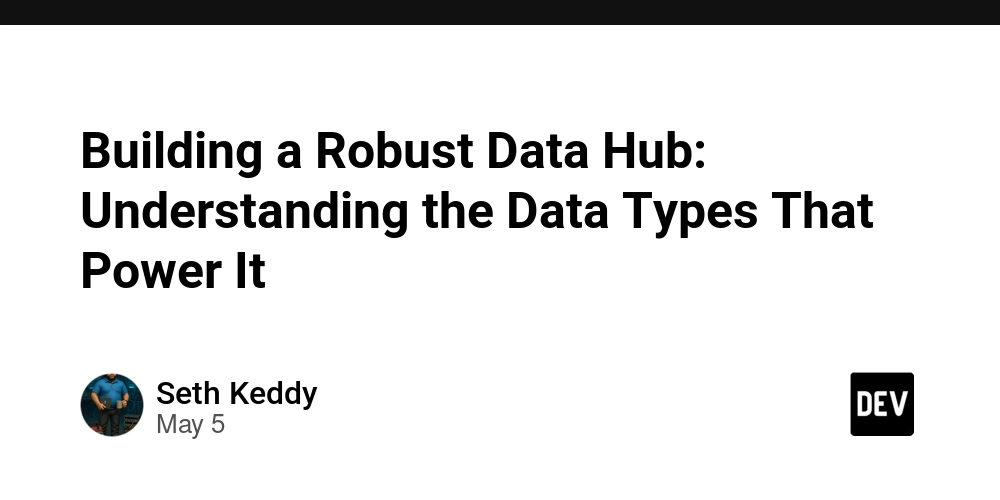














![[DEALS] Microsoft 365: 1-Year Subscription (Family/Up to 6 Users) (23% off) & Other Deals Up To 98% Off – Offers End Soon!](https://www.javacodegeeks.com/wp-content/uploads/2012/12/jcg-logo.jpg)























































































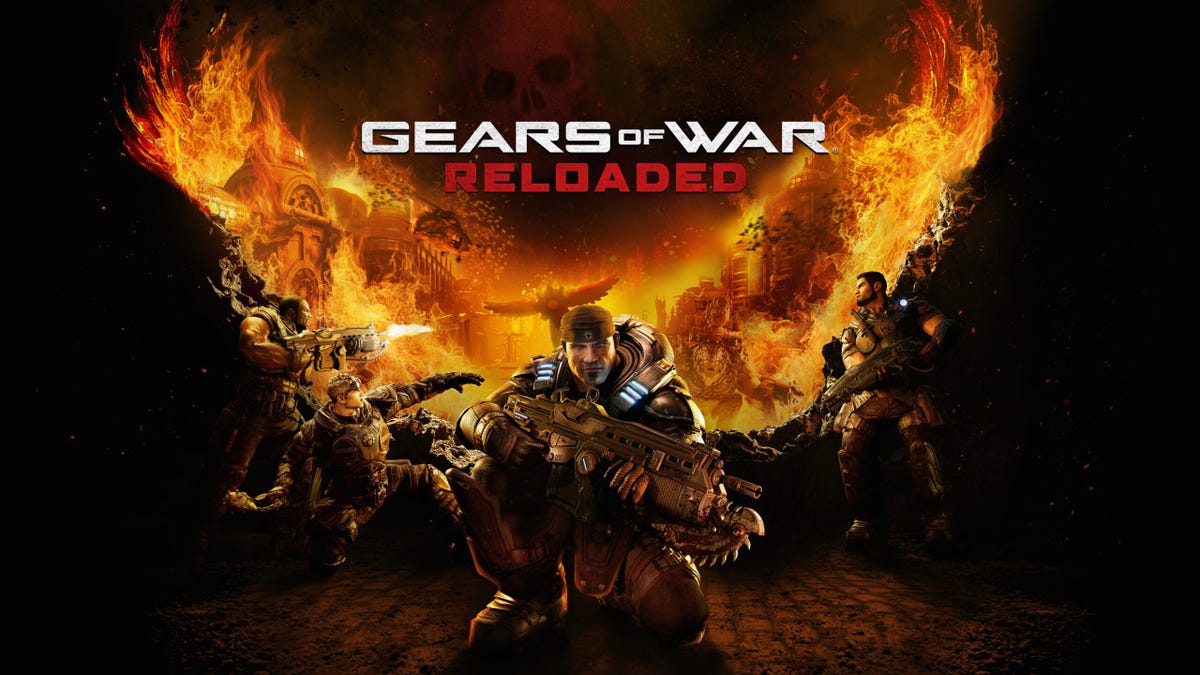

















.jpg?#)
.jpg?#)






















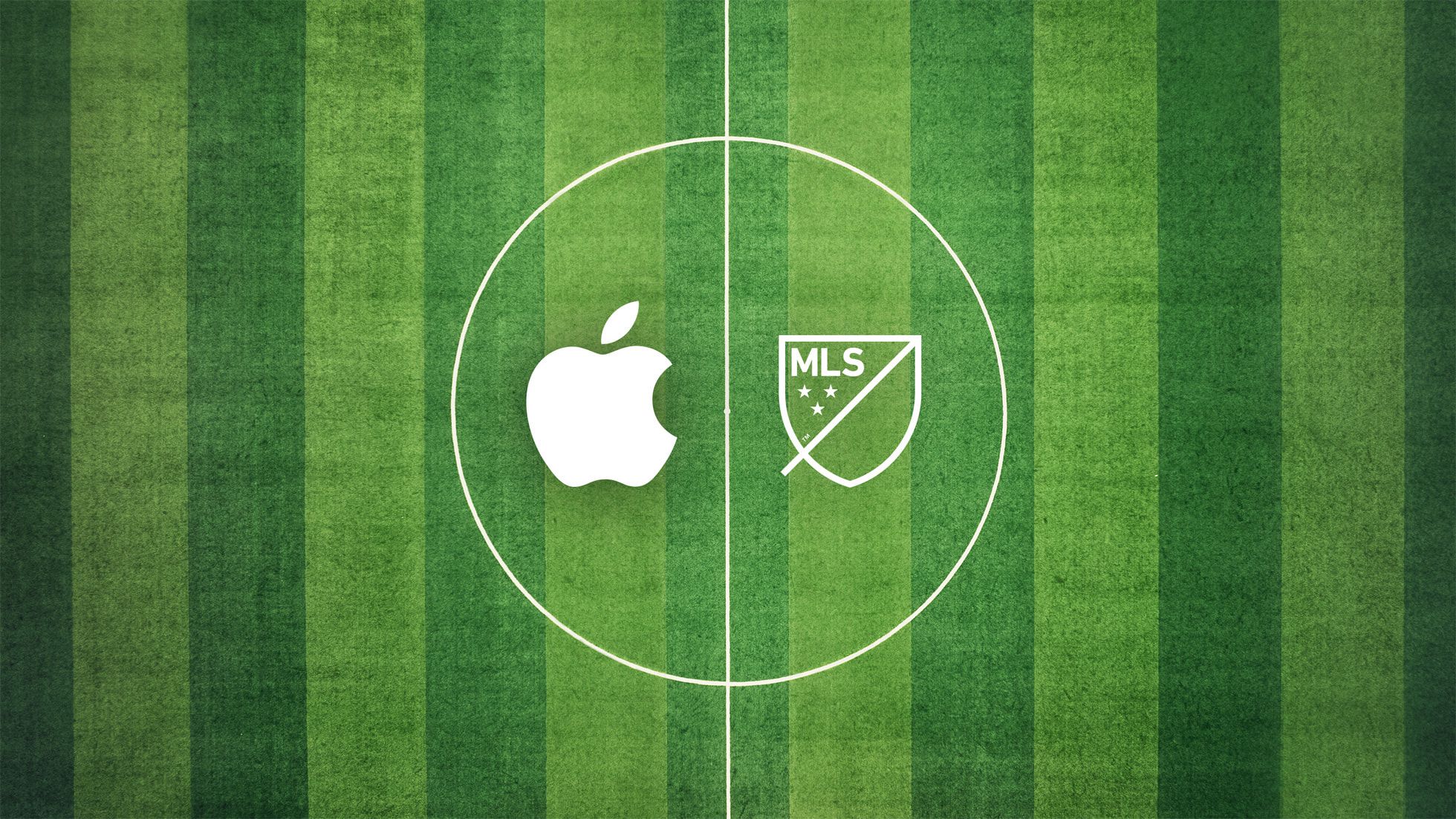










_Inge_Johnsson-Alamy.jpg?width=1280&auto=webp&quality=80&disable=upscale#)









































































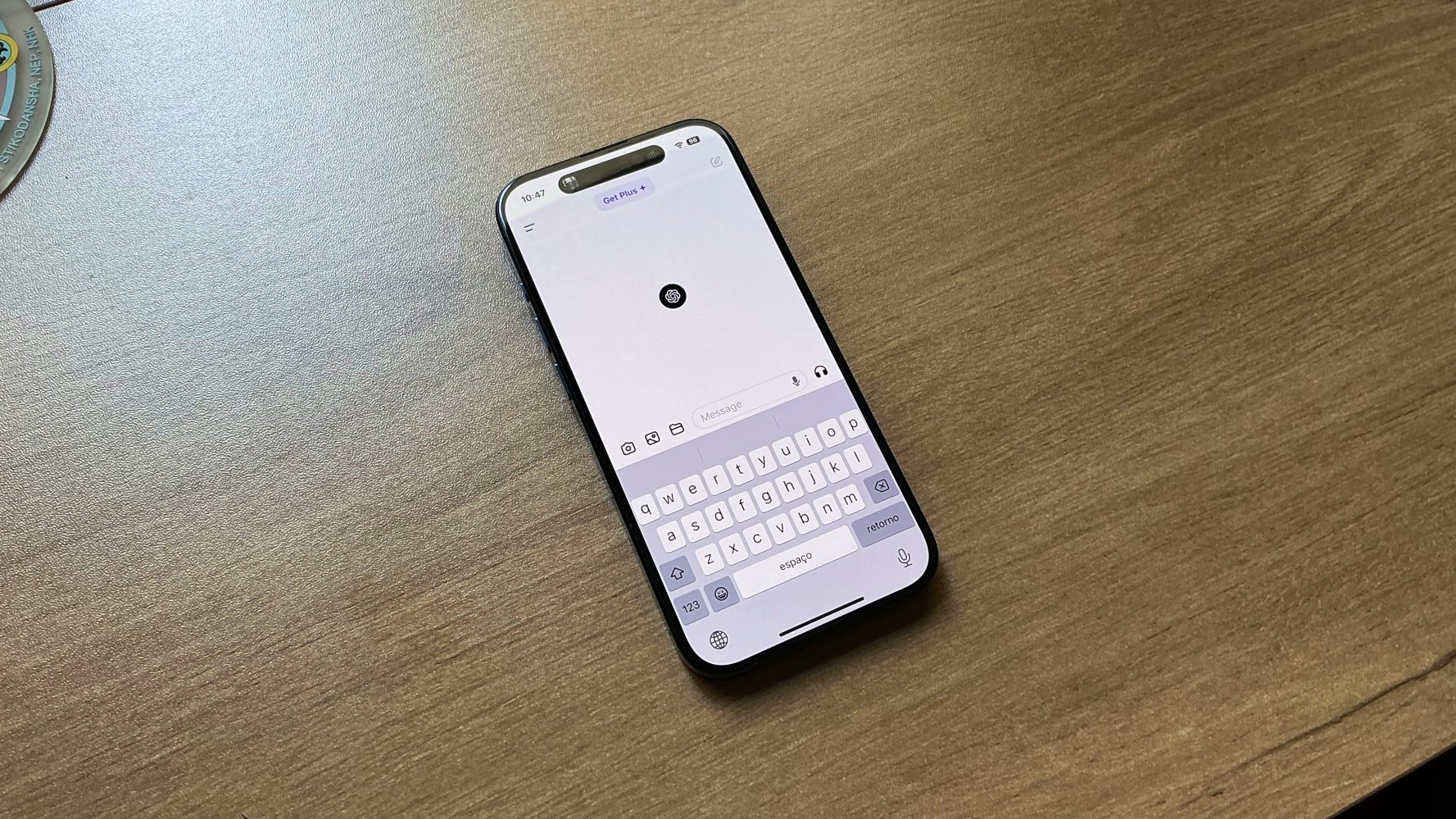
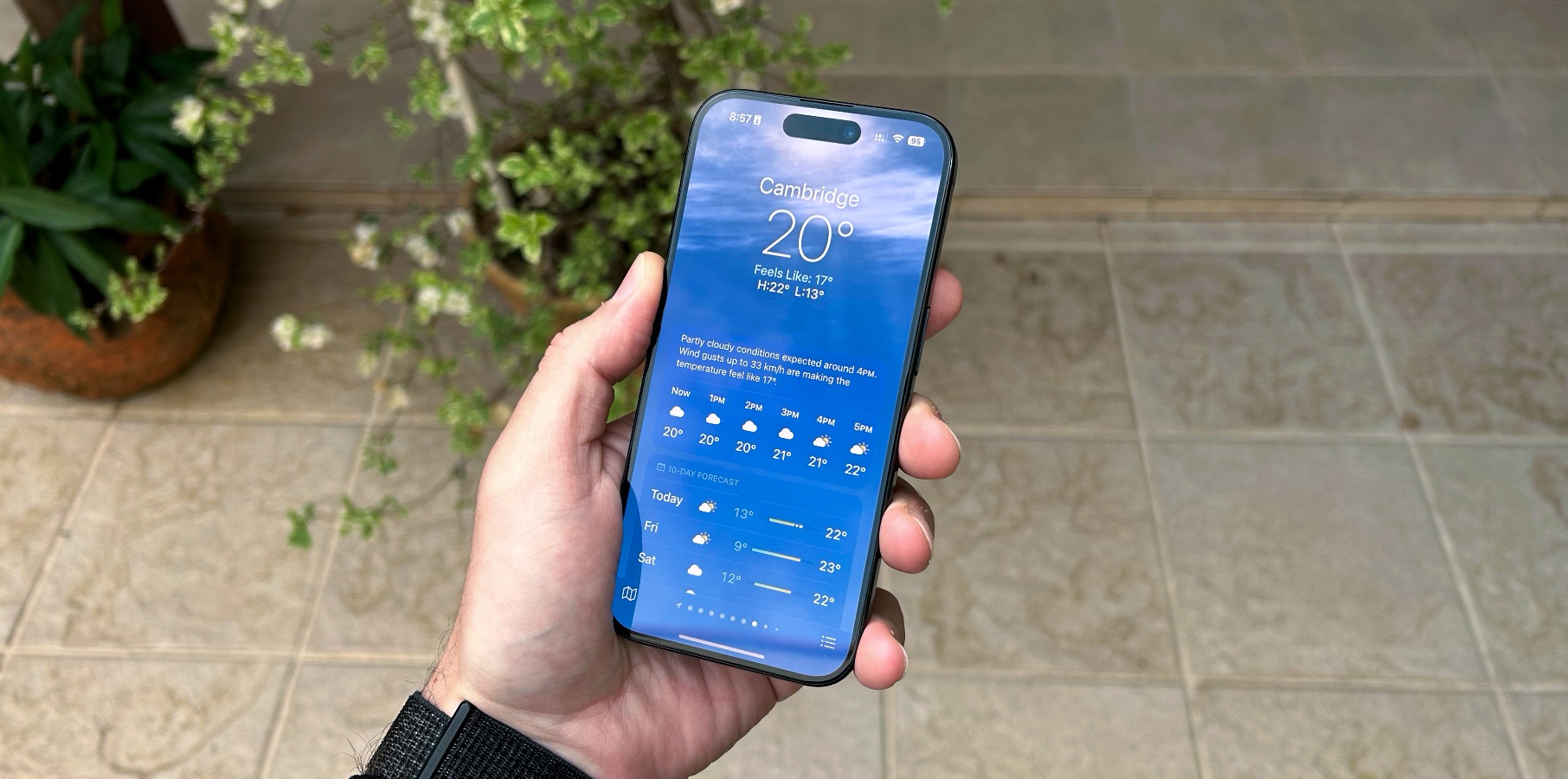
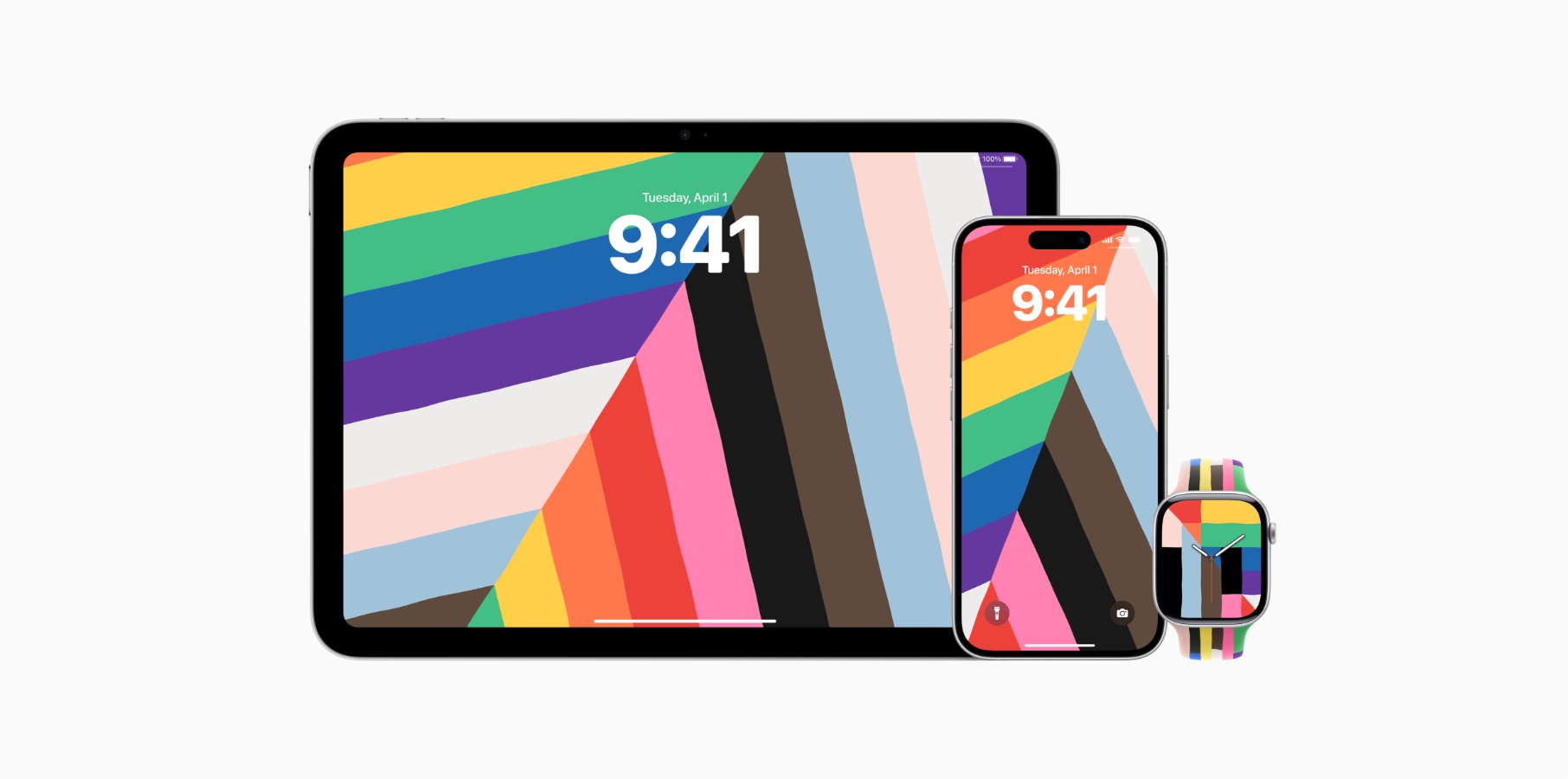




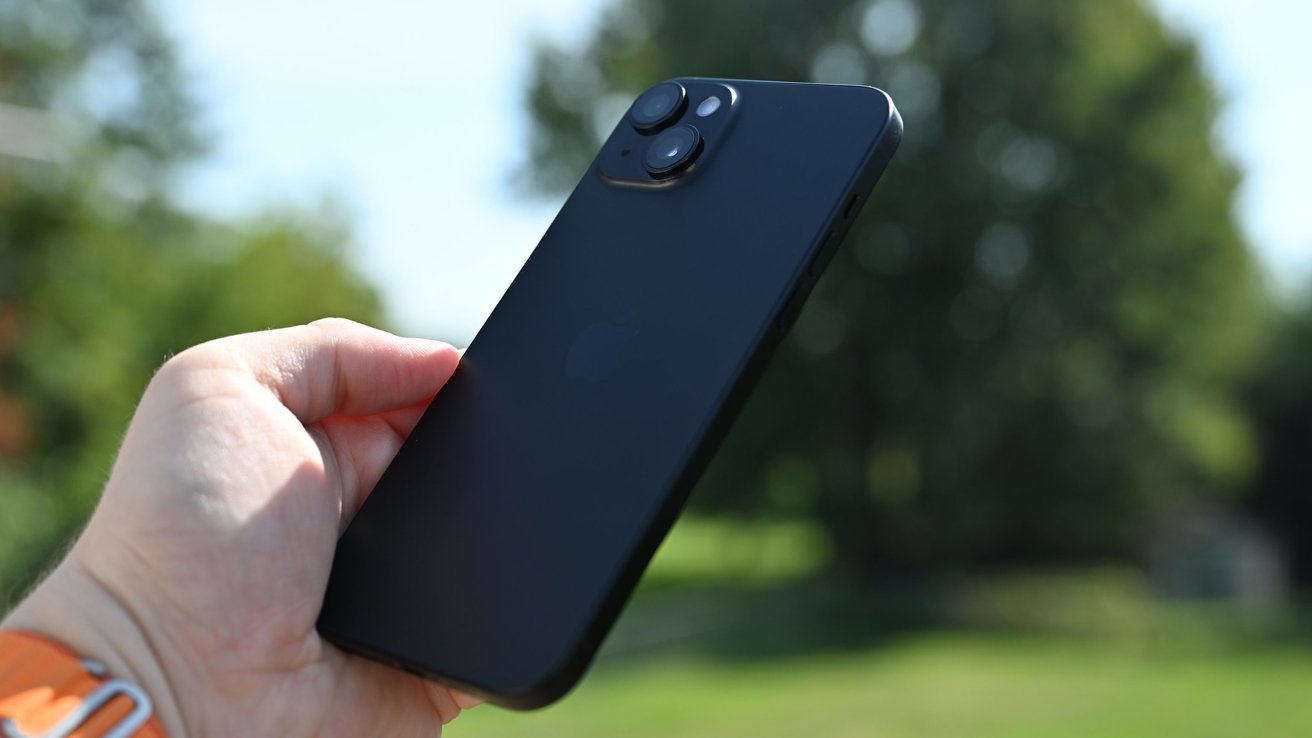
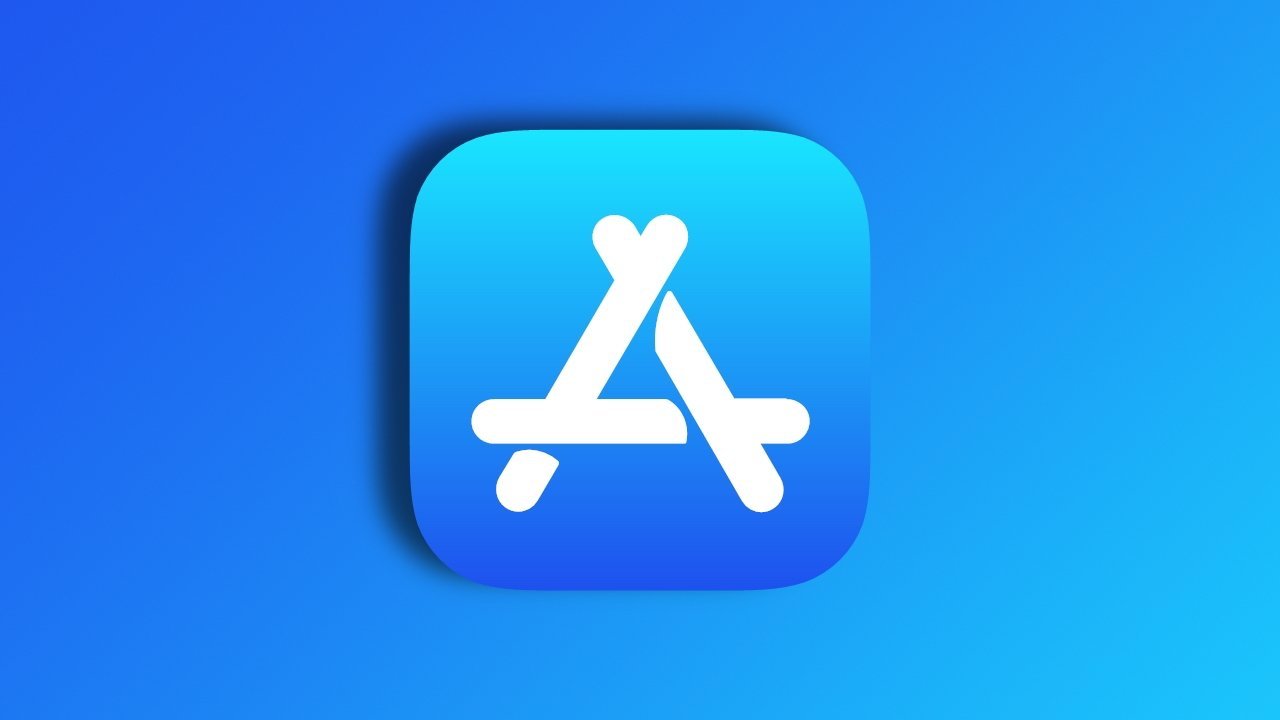


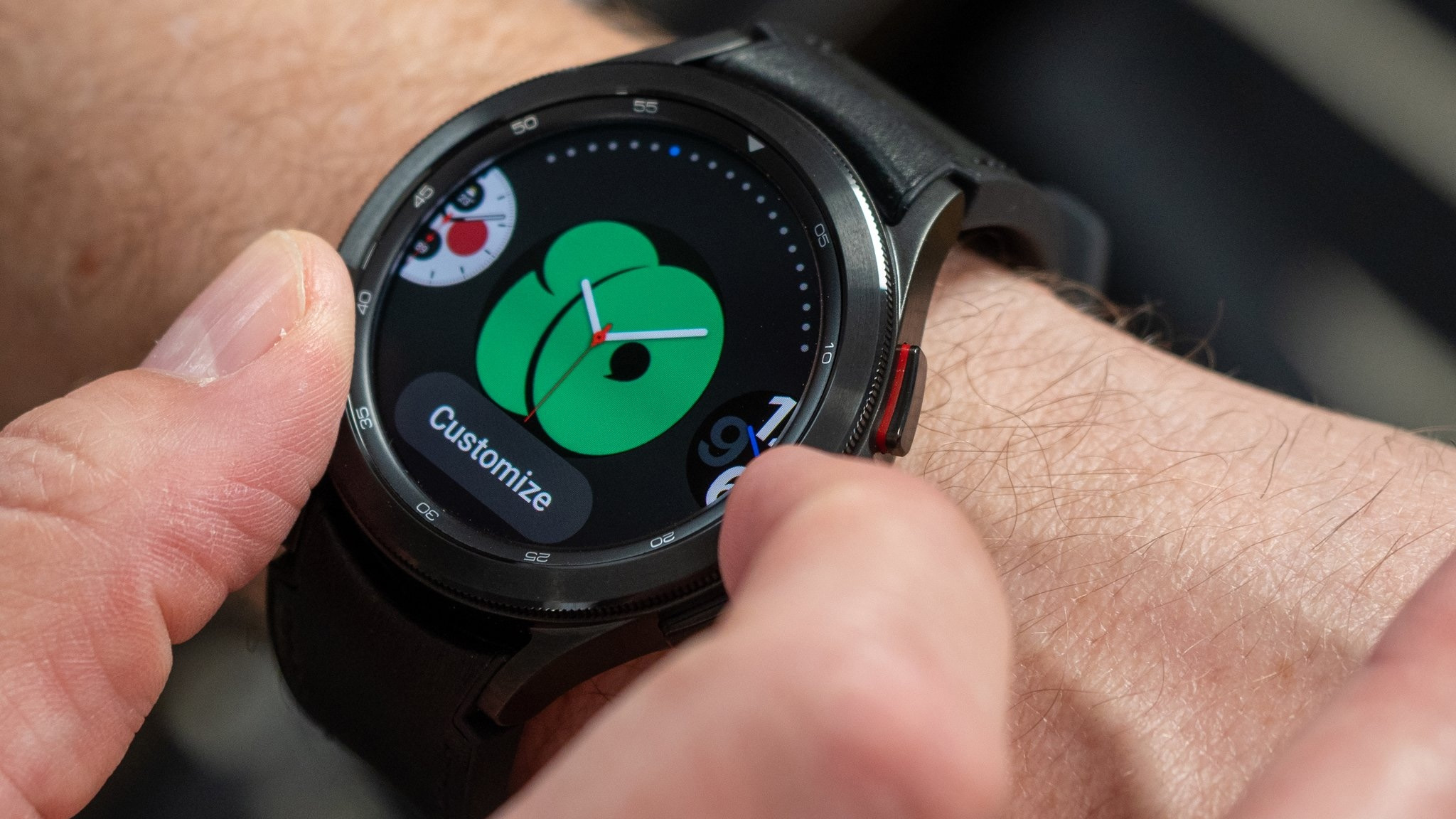

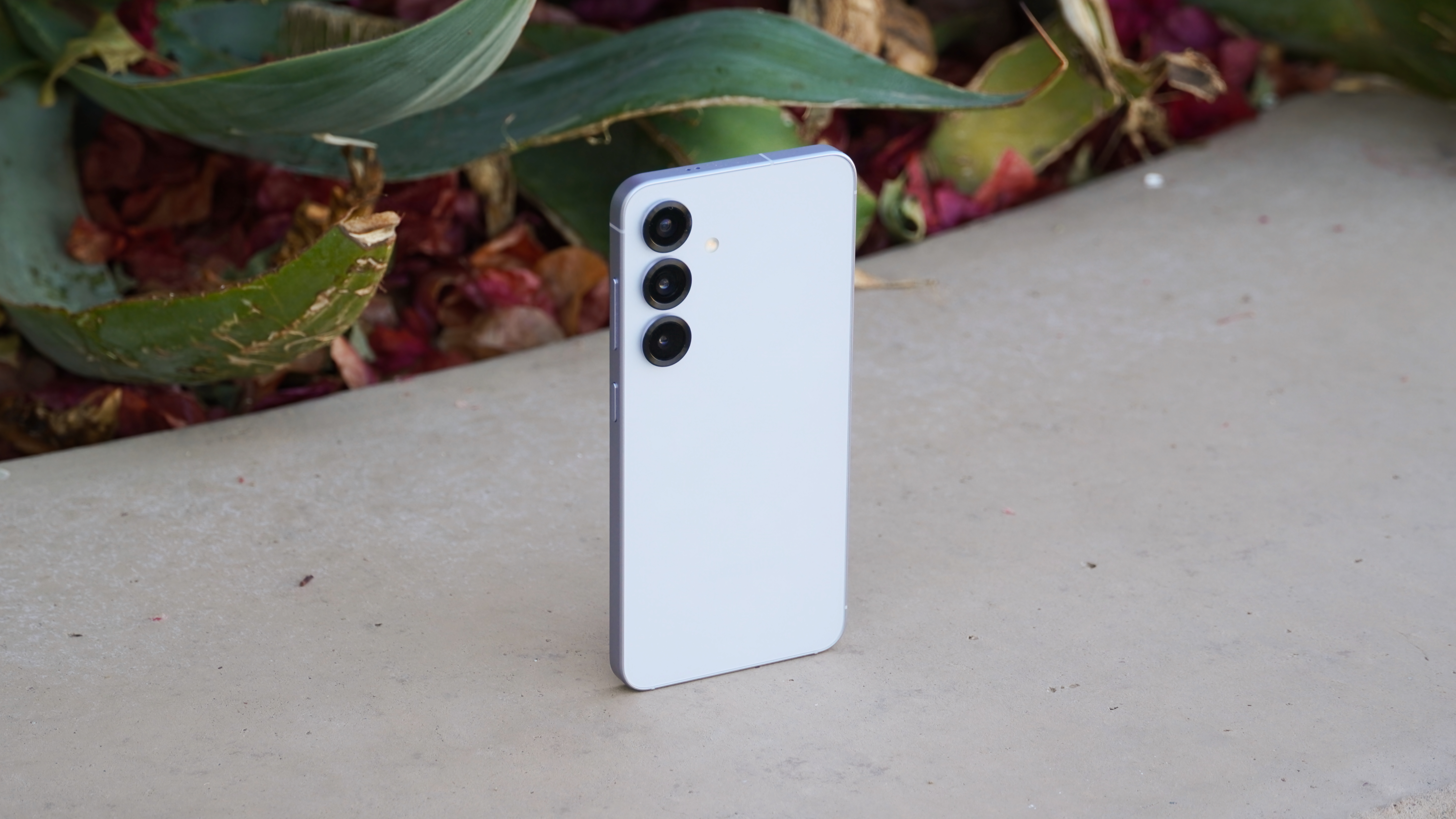

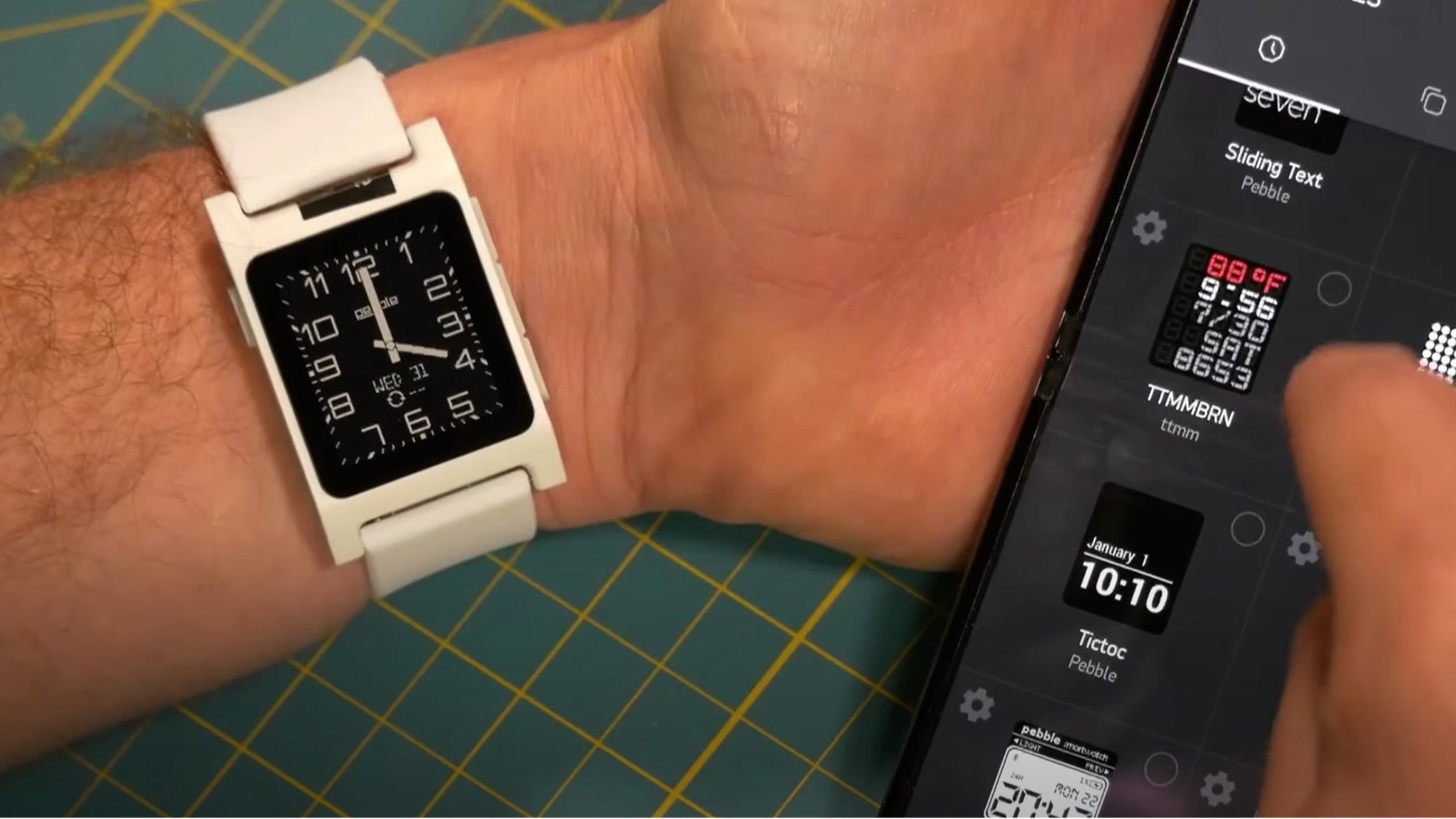




















![New Powerbeats Pro 2 Wireless Earbuds On Sale for $199.95 [Lowest Price Ever]](https://www.iclarified.com/images/news/97217/97217/97217-640.jpg)
![Alleged iPhone 17-19 Roadmap Leaked: Foldables and Spring Launches Ahead [Kuo]](https://www.iclarified.com/images/news/97214/97214/97214-640.jpg)

![New Apple iPad mini 7 On Sale for $399! [Lowest Price Ever]](https://www.iclarified.com/images/news/96096/96096/96096-640.jpg)

















































